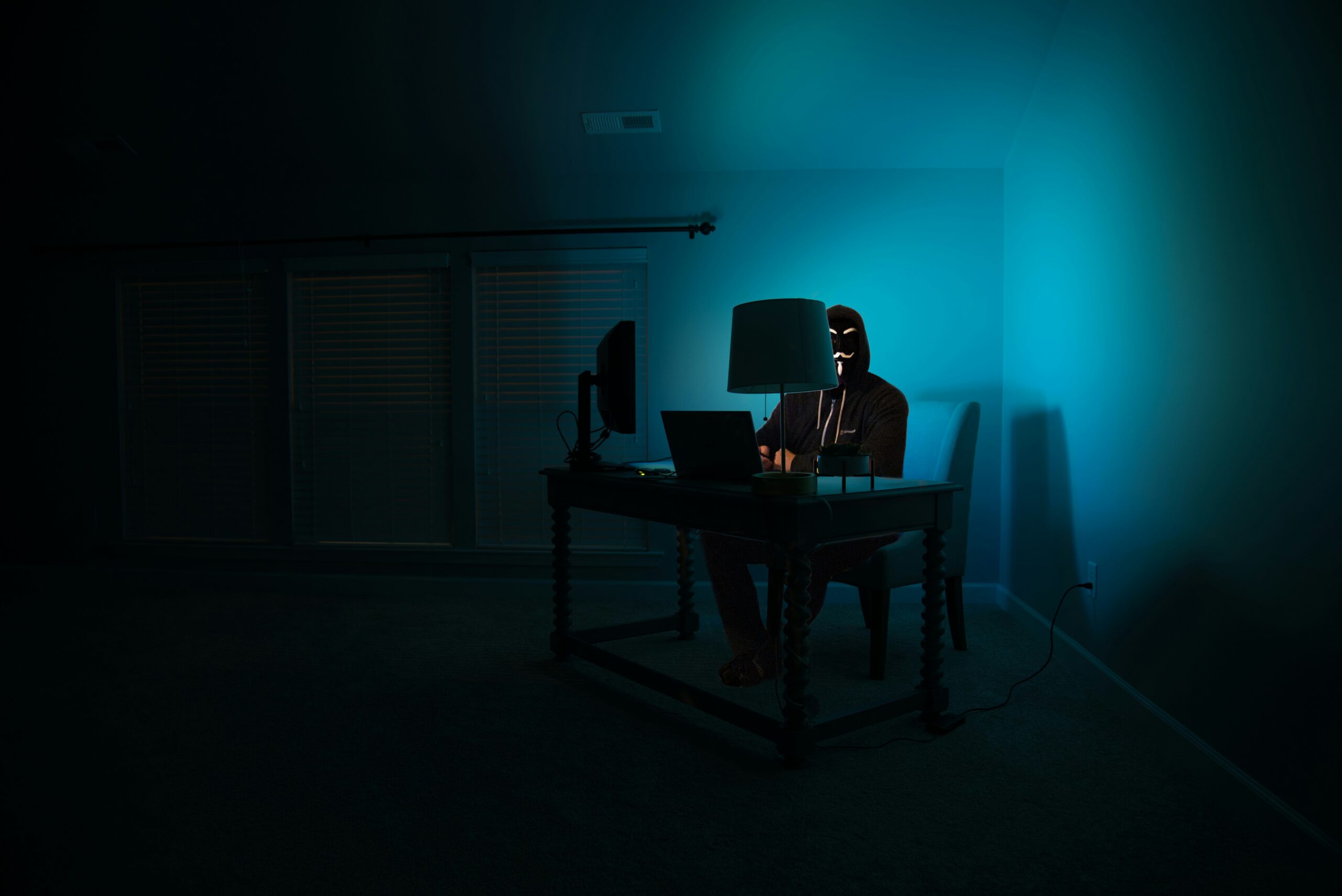Introduction
Fashion Designers have long been at odds with U.S. Lawmakers in regards to the protections given to their designs.[1] This tension is rising to a head now that a writ for certiorari has been granted in part in the matter of Star Athletica LLC v. Varsity Brands Inc., whose Sixth Circuit decision seemingly opposes past decisions related to United States Copyright Law.[2]
Brief History of United States Copyright Law for Pictorial Works
According to 17 U.S.C.A. § 101, “[a] ‘useful article’ is an article having an intrinsic utilitarian function that is not merely to portray the appearance of the article or to convey information. An article that is normally a part of a useful article is considered a ‘useful article.’” Additionally, a useful article is only to be defined as a “pictorial, graphic, or sculptural work” (hereafter PSG) if the design incorporates features that “can be identified separately from, and are capable of existing independently of, the utilitarian aspects of the article.”[3] These definitions allow the court, in cases such as Brandir Intern., Inc. v. Cascade Pacific Lumber Co.,[4] to formulate a test for conceptual separability of a PSG from the useful article to which it is attached. For example, in Kieselstein-Cord v. Accessories by Pearl, Inc., the court held that the design of the belt buckles held an aesthetic value, as shown by the fact that people used them for jewelry unattached to their belt, and that the belts would still serve their entire useful purpose without this ornamentation.[5] The courts still rely on these types of vague tests of separability, as can be seen in the lower court’s decision in Star Athletica LLC v. Varsity Brands Inc.[6]
History and Procedural Posture of Star Athletica
Star Athletica LLC v. Varsity Brands Inc., is a matter arising from allegations that Star Athletica infringed on Varsity Brands’ copyrights by printing Varsity’s designs on the surface of Star’s uniforms.[7] The district court of Tennessee held that Varsity’s designs were not separable from the utilitarian function of a cheerleading uniform.[8] The decision states that if you conceptually remove the designs from the uniform, you are left with a blank garment that fails to “signal the presence of a cheerleading uniform in the garment at hand.”[9]
The case rose to the Sixth Circuit Court of Appeals, where the court reached a very different holding.[10] The court held that Varsity’s designs were copyrightable, because, among other reasons, the designs were customizable, and many different combinations of the “stripes, chevrons, colorblocks, and zigzags” would allow the dress to be recognizable as a cheerleading uniform.[11]
As previously stated, under appeal for a writ of certiorari by Star, the case is now before the Supreme Court.[12]
The Fashion Industry’s Response
Fashion designers have very little protection available for most aspects of their designs.[13] Because of this, the Varsity case has garnered a great amount of attention in the fashion industry due to the holding of the Court of Appeals. Groups of fashion designers have even published amicus briefs in support of the Varsity holding in the Sixth Circuit.[14] The holding of the Supreme Court case should help cement the tests necessary to determine if a design has separability, as discussed in the Copyright History section. Susan Scafidi, founder of Fordham University’s Fashion Law Institute has stated that the intent of their brief is to “prevent the opposite result, namely the danger that the Supreme Court might roll back the small amount of copyright protection the fashion industry already has for things like fabric prints and jewelry.”[15]
Conclusion
The end result of this case will rely on both the court’s decision of whether the designs serve a useful function, and whether simple designs such as zig-zags and chevrons and their arrangement can be said to be original. Cheerleading uniforms almost always include a school or organization’s logo, in addition to the designs which match the organization’s adopted colors. The designs and their coloring seem to serve the purpose of making the uniforms identifiable from a distance, especially when the trademark or logo of the organization is not visible. The creators of the arrangement, who use Varsity’s customization options, may use some artistic and subjective decision making, however, their overall goal is to make a uniform that displays or conveys the organization they belong to. This case is risky for the fashion industry because the pattern and choice of colors on cheerleading uniforms may serve a greater utilitarian purpose than it would in traditional apparel, but the Supreme Court could still set a precedent in favor of protecting shapes and patterns as copyrightable when attached to apparel.
Kurt Sohn is a second year law student at Benjamin N. Cardozo School of Law and a Staff Editor of the Cardozo Arts & Entertainment Law Journal. He is an active member in Entertainment and IP Law organizations throughout New York City, and looks forward to a career supporting the industry.
[1] See Francesca Montalvo, PROTECTING FASHION: A COMPARATIVE ANALYSIS OF FASHION DESIGN PROTECTION IN THE U.S. AND EUROPE, https://www.cardozoaelj.com/2014/09/19/protecting-fashion-a-comparative-analysis-of-fashion-design-copyright-protection-in-the-u-s-and-europe/.
[2] Star Athletica, L.L.C. v. Varsity Brands, Inc., 136 S.Ct. 1823 (Mem) (U.S., 2016).
[3] Definitions, 17 USCA § 101
[4] Brandir Intern., Inc. v. Cascade Pacific Lumber Co., 834 F.2d 1142 (C.O.A., 1987)
[5] Kieselstein-Cord v. Accessories by Pearl, Inc., 632 F.2d 989 (C.O.A., 1980).
[6] See Varsity Brands, Inc. v. Star Athletica, LLC, 2014 WL 819422 (W.D.Tenn., 2014).
[7] Id.
[8] Id.
[9] Id. at 1.
[10] Varsity Brands, Inc. v. Star Athletica, LLC, 799 F.3d 468 (C.A.6 (Tenn.), 2015)
[11] Id. at 491.
[12] Star Athletica, L.L.C. v. Varsity Brands, Inc., 136 S.Ct. 1823 (Mem) (U.S., 2016).
[13] See Francesca Montalvo, PROTECTING FASHION: A COMPARATIVE ANALYSIS OF FASHION DESIGN PROTECTION IN THE U.S. AND EUROPE, https://www.cardozoaelj.com/2014/09/19/protecting-fashion-a-comparative-analysis-of-fashion-design-copyright-protection-in-the-u-s-and-europe/.
[14] See Kristi Ellis, Designers Weigh In on Supreme Court Copyright Case, Womens Wear Daily, (Sept. 27, 7:46 PM), http://wwd.com/business-news/legal/leading-u-s-designers-weigh-in-on-supreme-court-copyright-case-10559217/; See also Scotus Blog, (Sept. 26, 8:37 PM) http://www.scotusblog.com/case-files/cases/star-athletica-llc-v-varsity-brands-inc/.
[15] Kristi Ellis, Designers Weigh In on Supreme Court Copyright Case, Womens Wear Daily, (Sept. 27, 7:46 PM), http://wwd.com/business-news/legal/leading-u-s-designers-weigh-in-on-supreme-court-copyright-case-10559217/



